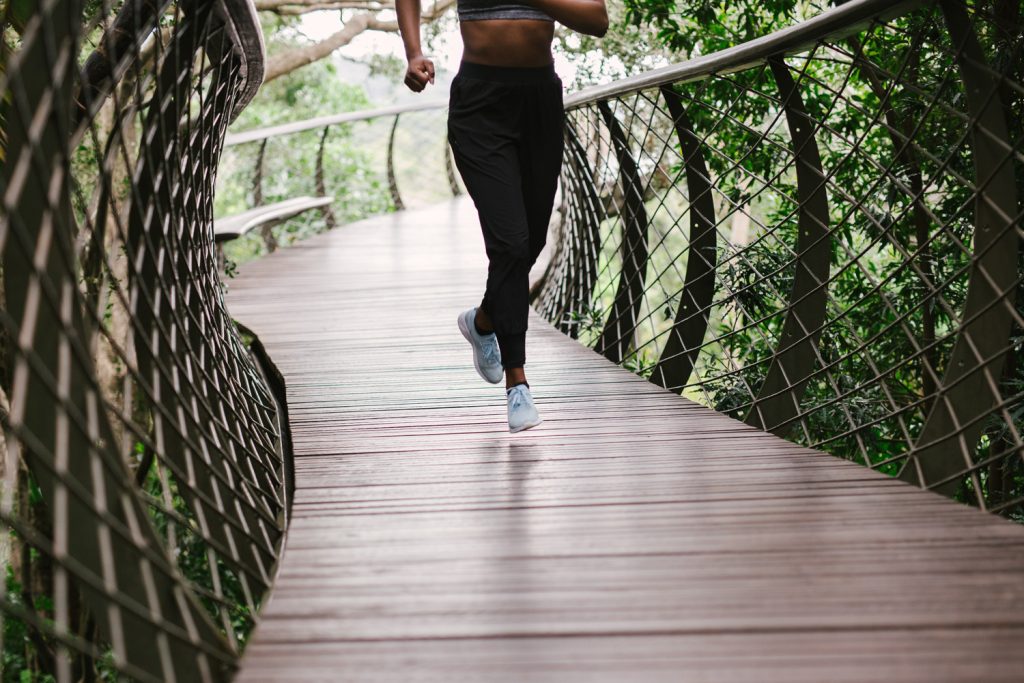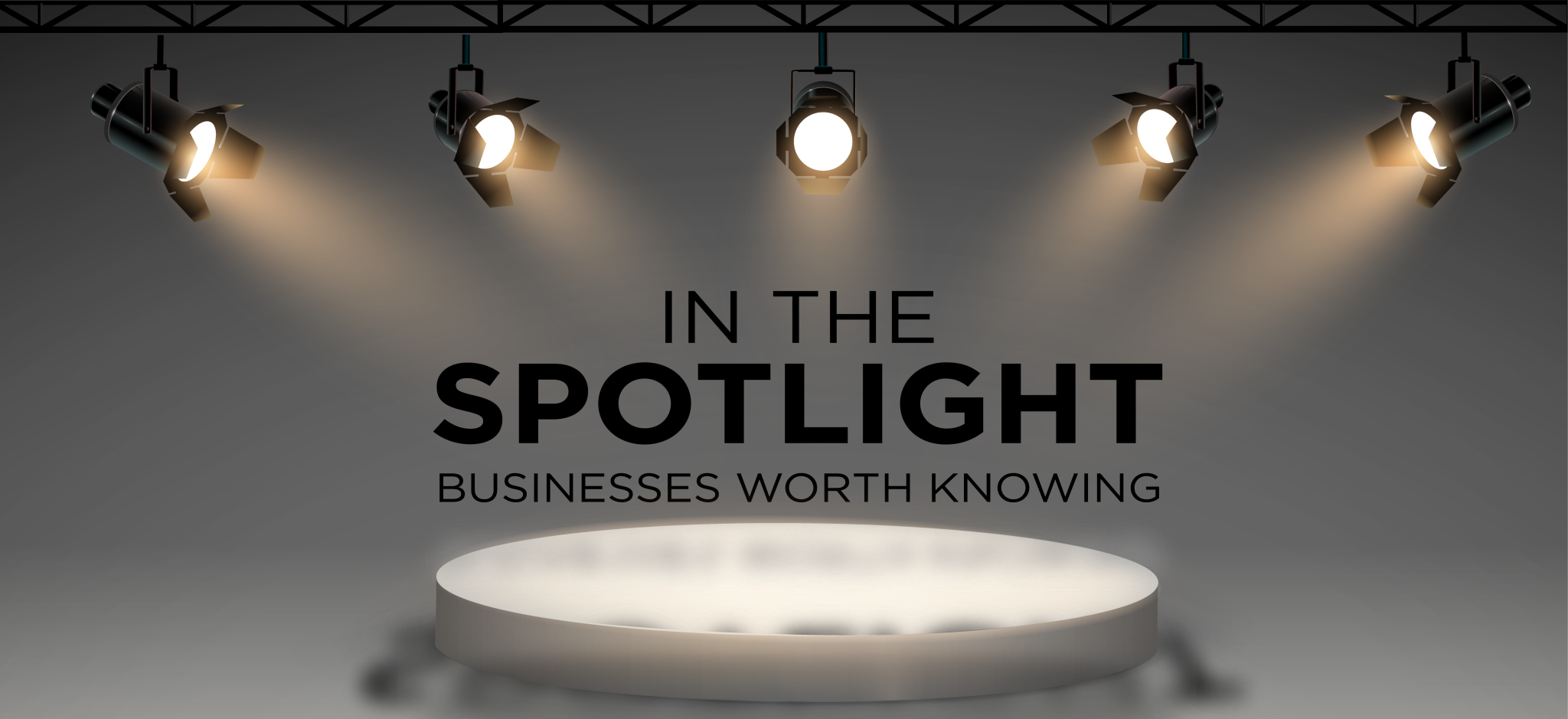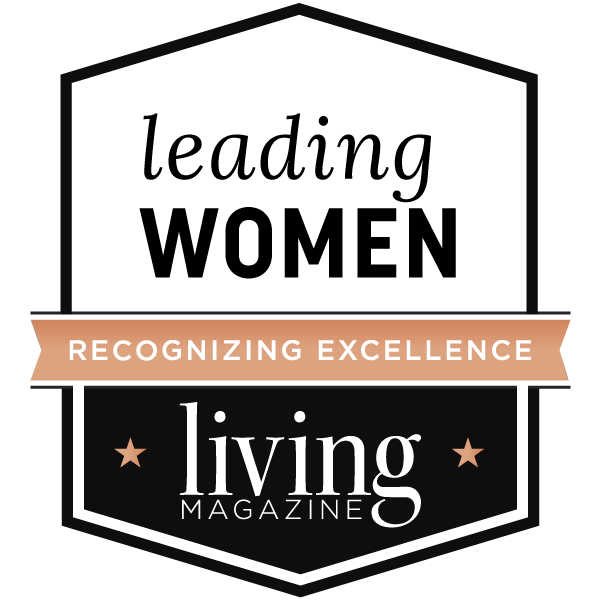Bone stimulation tech helps mend fractures
By Annette Brooks
Bones are remarkable organs in that they have the capacity to regenerate. We usually expect a typical fracture to heal in around six weeks, and then assume we’ll be almost or as good as new.
Yet according to the National Institutes of Health, nearly five percent of fractures fail to heal without special intervention. It’s called nonunion, a serious complication that may occur when a fracture moves too much, has a poor blood supply, or gets infected. Nonunion most commonly occurs in the ankle and foot bones, the upper extremities (fingers, wrist, forearm, elbows, shoulders), and knees. Risk factors include age, certain medications and chronic health conditions, poor nutrition, and tobacco use. A nonunion or a delayed union often requires a surgical solution, but depending on your case, a noninvasive, nonsurgical bone stimulation can be a viable alternative.
My experience with bone stimulation occurred after fracturing my foot. Having had past fractures that healed well, including a couple of severe ones, nonunion didn’t cross my mind. Even when my doctor mentioned it could be a possibility due to the location of the fracture, I thought, “No way. My bones heal like a champ!”
 After three or four months with little to no healing, suddenly nonunion was front and center in my mind, and frankly, it scared me. What if I never healed and could never walk normally again? I was given a choice of surgery or bone stimulation. The opportunity to avoid surgery was compelling, so I opted for bone stimulation and hoped it would work.
After three or four months with little to no healing, suddenly nonunion was front and center in my mind, and frankly, it scared me. What if I never healed and could never walk normally again? I was given a choice of surgery or bone stimulation. The opportunity to avoid surgery was compelling, so I opted for bone stimulation and hoped it would work.
I learned that bone stimulation involves using a device placed on the skin at the fracture site. It emits low-level ultrasonic or pulsed electromagnetic waves that stimulate healing. The technology I used emitted safe, painless ultrasound waves to activate cells near the site of the break. By stimulating my body’s natural healing process, the small, lightweight, easy-to-use device helped my fracture mend over several weeks. It was easy to remember to use for 20 minutes daily.
Although bone stimulation isn’t appropriate for all nonunion or delayed union cases, and it isn’t a guarantee of healing, it sure helped me. Every time I go for a walk or a hike, I am thankful for the miracles of modern medicine and the advanced technology that helped me recover completely while avoiding surgery.











